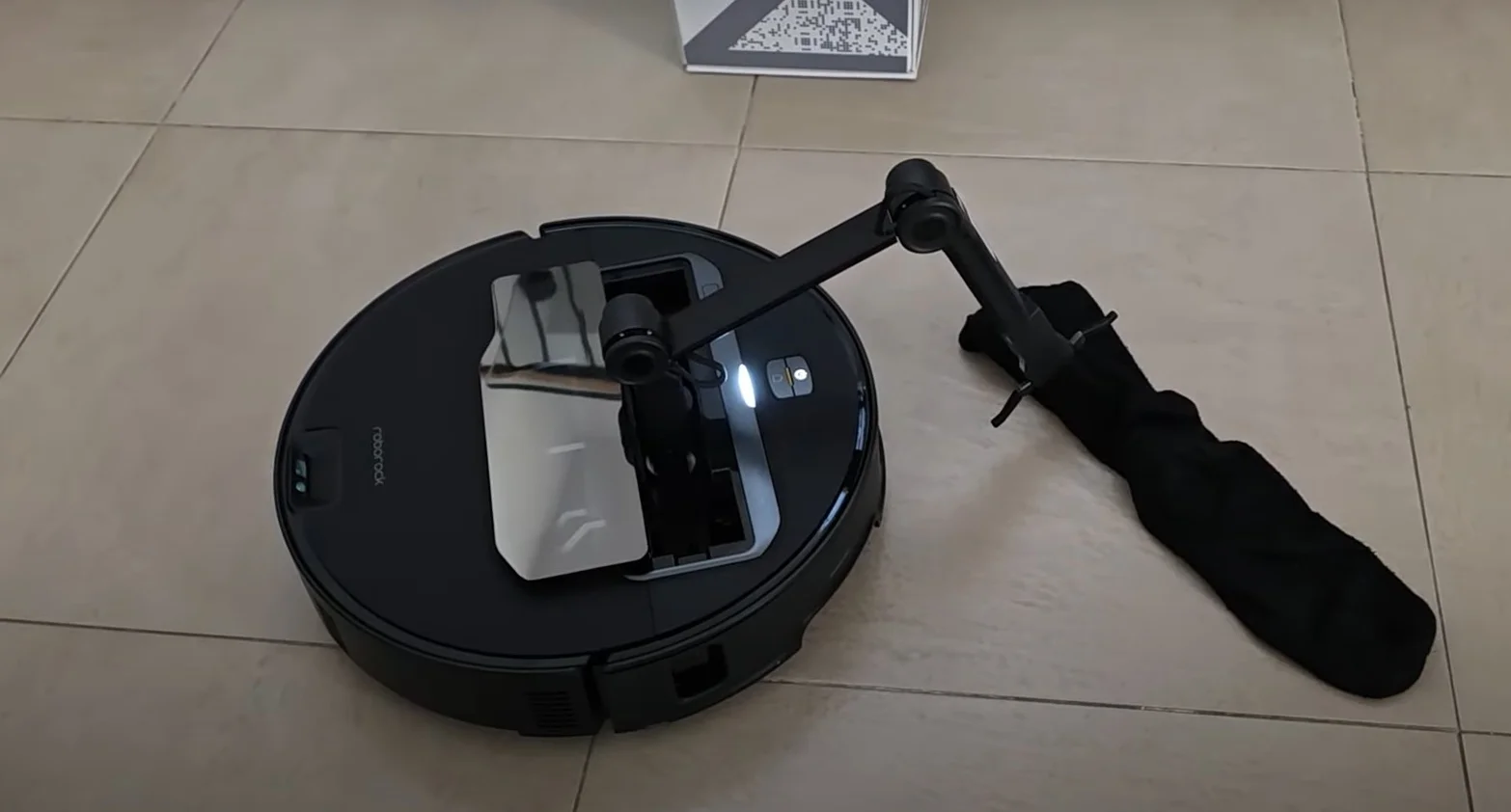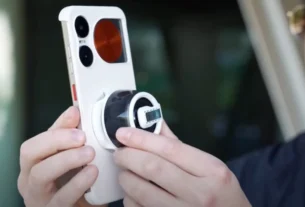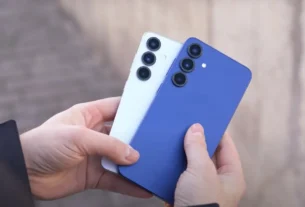The Pixel 9 Pro is the intermediate Pixel in Google’s new family of phones for this year. I’ve tested it and here is my analysis with opinions so you can decide if it’s really worth buying.
You will know that, this year, Google has deployed all its heavy artillery with a new generation of phones that includes a trio of aces made up of the Pixel 9, the Pixel 9 Pro and the Pixel 9 Pro XL.
The protagonist of this analysis is the Pixel 9 Pro, which is the successor to the Google Pixel 8 Pro. It is the intermediate model in the family.
This year, Google has done something different: it has turned the Pro model into a more compact phone, measuring just 6.3 inches (compared to the 6.7” of the 8 Pro), and has reserved the giant-sized model for the 9 Pro XL, which measures 6.8 inches.
That said, and as is increasingly common in the mobile phone market, the real innovations in this phone are more noticeable on the inside than on the outside.
The Pro is its interior, but its body is compact

As I said at the beginning, don’t expect the same Pixel Pro you had last year in Google phones.
The Pixel 9 Pro is a small phone, it is the same size as the Pixel 9 and, therefore, for me it falls into the category of compact phones.
It is much smaller than the Pixel 8 Pro, which was 162.6 millimetres long, while this one is 152.8 millimetres long.
The design of the Google Pixel 9 Pro has changed, especially in the module of the main camera, which is now more circular and no longer spans the entire width of the back of the phone.
In addition, you will see that in this generation of Google Pixel the edges of the sides have left behind their curved finish and become completely straight.
The body of this year’s phone still has a metal aluminum frame and a glass back, protected by Gorilla Glass Victus 2 and available in four colors: porcelain; rose quartz; lichen green; and obsidian.
The anti-fingerprint treatment on the back makes it very resistant to finger marks although, as you will know, this will probably be of little concern to you because you will end up putting a cover on your mobile like everyone else.
What has also changed is the position of the SIM card port, which is now at the very bottom, to the right of the charging port (previously it was on the left side).
A big screen in a small bottle
They say that the best essences come in small bottles. The Google Pixel 9 Pro has a large screen in a very modest size, just like the Pixel 9.
Here, the panel is also 6.3 inches with a maximum refresh rate of 120 Hz and HDR10+ technology, but it has some improvements over the cheapest model in the family (I’ll highlight them for you in bold).
This screen features LTPO OLED technology with a resolution of 2,856 x 1,280 pixels, up to 3,000 nits of brightness, Corning Gorilla Glass Victus 2 protection and a front panel that is slightly better utilized (87.6% screen-to-body ratio, compared to 86.1% for the Pixel 9).
In any case, I can only tell you that the screen looks just as good as on the Pixel 9. My opinion on the panel is very good, it is a screen made for enjoying multimedia.
Of course, remember that the screen specifications are “tricky”: the resolution is capped by default at 2,142 x 960 pixels (it can be changed in the settings), while the refresh rate is limited to 120 Hz for certain types of content through an option called “Fluid Display” that you must activate from the settings.
The Tensor G4 processor is designed for AI, not for dethroning its competitors in performance

The Google Pixel 9 has performed below expectations in performance tests, especially when compared to phones in the same price range such as the iPhone 15 family, the Samsung Galaxy S24 or the Xiaomi 14.
Don’t get me wrong: the Pixel 9 Pro works like a charm (in fact, I have the feeling that it runs slightly smoother than the Pixel 9), but it is true that, in the synthetic benchmarks, it lags well behind its direct competition.
The reason for this is none other than the choice of processor, the 4-nanometer Google Tensor G4.
It is a processor designed to support all the new AI features that the Pixel 9 brings, not to stand out in the usual AnTuTu graphics test.
Google has been more concerned with ensuring that you can fully edit your photos with text commands through artificial intelligence, rather than coming out on top in the lists of the most powerful phones of the year.
Therefore, I think it would be unfair to judge this phone by its performance test results. Perhaps this is the year we should start measuring phone performance with more consideration for AI.
The Pixel 9 Pro performs very well at any task, from browsing your news feed on Google Discover to playing games like Brawl Stars or Driving Real Race City 3D.
The processor is accompanied by 16 GB of RAM in all versions, and the internal memory, which is not expandable by means of an external card, is available in versions of 128, 256, 512 and 1 TB.
There’s a bit of a camera in this AI

AI, AI and more AI. Get ready to see these two letters everywhere, because this trend is only going to grow.
Google has jumped in to bring the latest in artificial intelligence to consumer photography in the Pixel 9.
In the case of this Pro model, the photographic suite that supports this technology includes:
Main camera with 50 megapixels, f/1.7 and 25 mm
5x camera with 48 megapixels, f/2.8 and 113 mm
Wide-angle camera with 48 megapixels, f/1.7 and 123º
Let me quickly show you what the Pixel 9 Pro’s camera is capable of. First, this is what you can get if you play with the “Motion Sweep” mode:
But the novelty of the camera now lies in the software, specifically in everything related to artificial intelligence.
I’ve written an article about everything you can do with the AI of the Pixel 9, in case you want to see in one place all the artificial intelligence features you’ll find in this phone.
Let me use some screenshots of the Pixel 9 below as a reference, because the functions are identical in all three phones in this family.
Less battery capacity than in Pixel 8 Pro (and slower charging)
It’s something you’ll notice on a day-to-day basis, as it’s not a phone that will allow you to get to the end of the day safely with intensive use.
I also don’t understand why Google has gone back on the charging technology compared to the 8 Pro: fast charging has dropped from 30W to 27W, and wireless charging has dropped from 23W to 21W.
We do have, through the “Share battery” option, the possibility to charge other devices wirelessly (including other mobiles).
Verdict: you’re paying for a very expensive Google experiment to introduce AI to the masses, but… how cool is this experiment!

Google’s Pixel 9 Pro is a preview of what we will be seeing more and more frequently in the mobile phone market from now on.
Lots of AI and fewer and fewer new hardware innovations of note. That’s what I’ve seen in this Google phone, and it’s also what I fear will happen with the rest of the manufacturers this year.
Google has opted to redouble its efforts in artificial intelligence, keeping almost intact the mix that already worked well for it in the previous generation (and also carrying over its mistakes, such as the lack of a better battery or the choice of a processor that does not match the raw performance of its cheaper siblings).
Furthermore, many of the AI functions (if not almost all of them) will end up coming to the Pixel 8 Pro via software update, and that was already a great phone, so if you see it on offer at a good price, don’t hesitate to take advantage of the offer.



